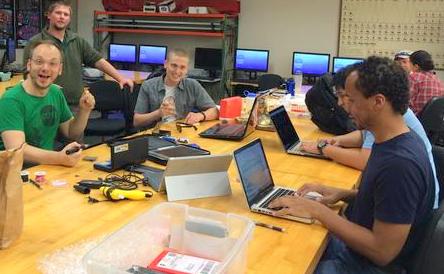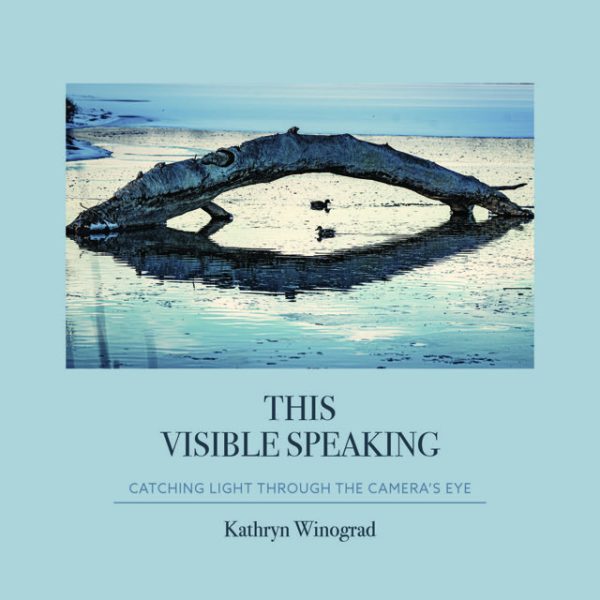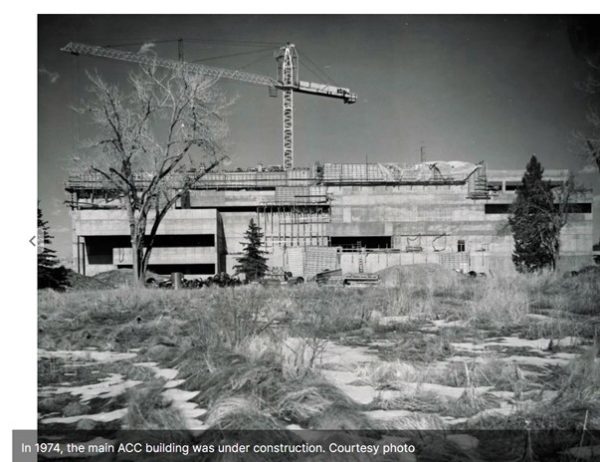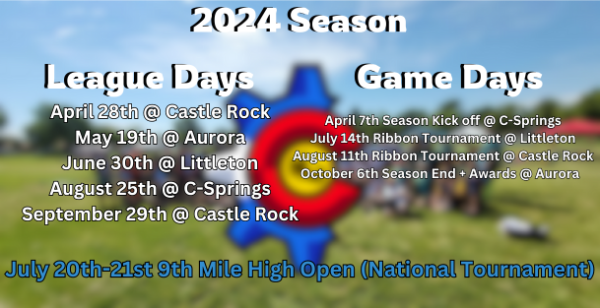Student scientists work toward November launch of instrument package in NASA-related program

Image via Picasa
The ACC launch group.
ACC students are building a payload for a scientific balloon launch next month, and they hope it will crash. Well, sort of.
The 11-member DemoSatTeam and the ACC Astronomy department hope to send the students’ independently researched and constructed payload drifting into the stratosphere on a high-altitude hydrogen balloon.
Although the launch site (in Northern Colorado) and time (probably early in November) are not yet definite, anyone is welcome at the launch.
“If they want to get up at the crack of dawn,” said Jennifer Jones, faculty adviser.
The balloon will be designed to rise to 70,000-100,000 feet during its two-to-three hour flight, and to take biologic samples as it climbs. The cube shaped payload can be no more than 1.2 kilos, and is roughly the size of two Kleenex boxes.
“The payloads size is governed by weight rather than mass,” Jones said.
At some point during the ascent, the balloon should pop, letting gravity do its thing. That means the payload will fall to earth, where the data is to be retrieved for analysis.
Students track the balloon with GPS technology to isolate the landing area, so they are present at touchdown, or shortly thereafter.
Building and launching the payload is not connected to any class, but students are assisted by Jones and Henry Weigel, Physical Sciences chair and Physics faculty member.
Students sign up to be part of the SatDemoTeam and work independently as they research the subject matter, relying on published papers and other in-depth research materials. Jones meets with the team on Fridays, but she and Weigel are available at other times in an advisory capacity.
The balloon launch is sponsored by the Colorado Space Grant Consortium (COSGC an organization funded and supported by NASA). Seventeen Colorado schools, universities and institutions participate in a variety of projects intended to give students access to space technology through hands-on programs. The COSGC website explains how the DemoSat program works.
It provides COSGC students with frequent, low-cost access to the edge of space. Students are challenged to design, fabricate, launch, recover and analyze data from balloon payloads for which they design their own experiments. The tests range from atmospheric characterization to bacteria experiments and technology demonstrations.
The site also gives students information for the payload structure specific material and where to acquire it.
Launches occur three times per year: April, July/August and November/December.












